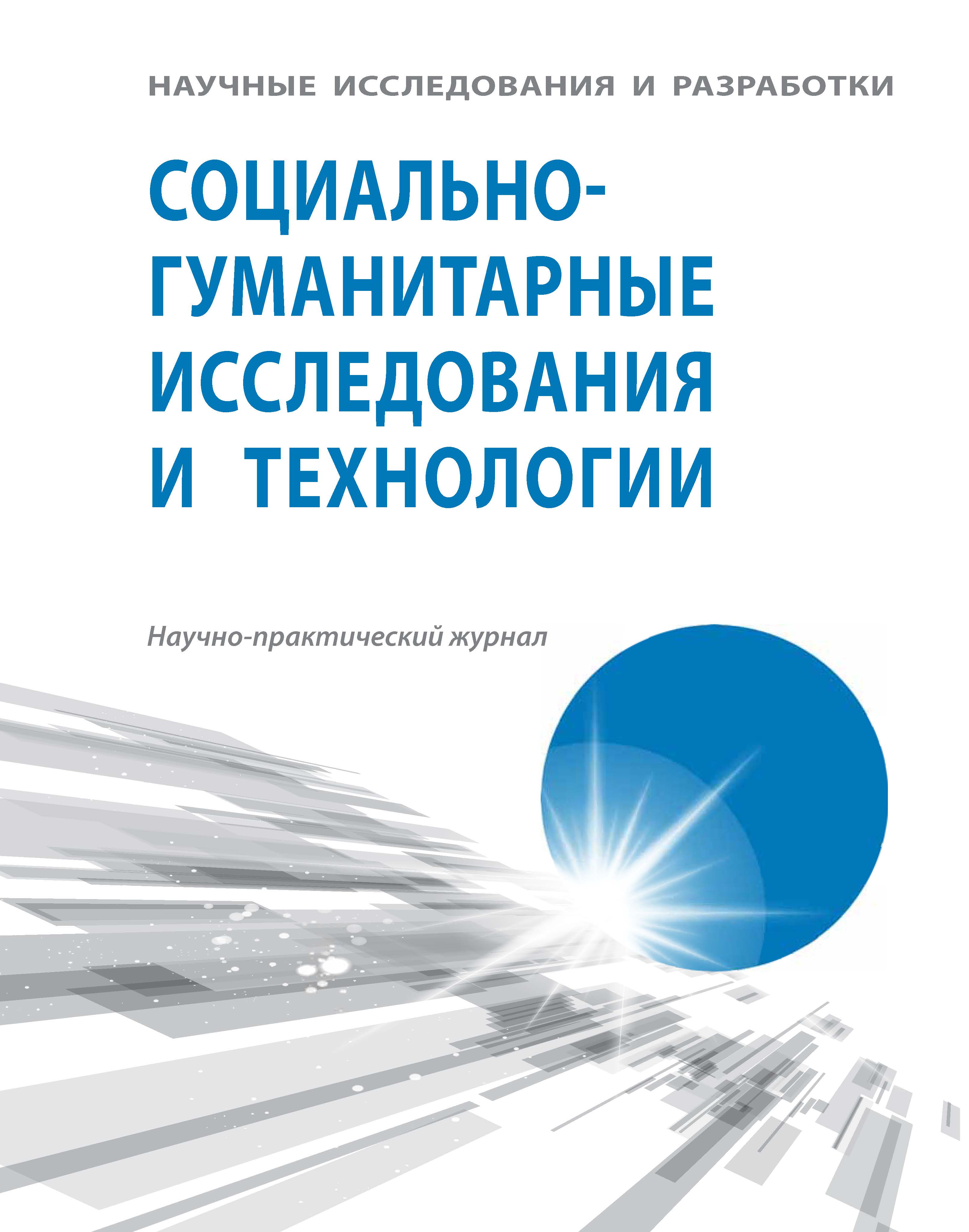Ekaterinburg, Russian Federation
Krasnoyarsk, Krasnoyarsk, Russian Federation
This paper is devoted to art scene of provincial towns. The object is investigated on the example of the artistic life of the city of Lawrence, Kansas, USA. On the one hand the art scene of this local space can be described as something typical for American town (underlining of local originality and a prevalence of production of local and regional authors; prices available to representatives of middle class). On the other hand, the variety, activity and freedom of Lawrence's art life contrast with conservatism of the main territory of Kansas. The reasons of this feature were established as a result of the research.
art market, art scene, city, contemporary art, global and local.
INTRODUCTION
The authors were able to make this research due to the Fulbright grant. This paper emerged in 2013 at the Arts History Department of the University of Kansas (Lawrence, Kansas, the U.S.A.). The work was concentrated on the market of visual arts, such as painting, graphics, sculpture, installation, and mixed-medium objects. A. Global art market vs local art market Artists Damien Hirst and Takashi Murakami, Christie's and Sotheby’s auction houses, White Cube Gallery, art
dealer Larry Gagosyan, art collector Charles Saatchi — these are the people and art institutions who are associated with global art market. However they form only a shining top of the art market iceberg, while ninety percent of its body is hidden under the surface of the water. The regional and local art markets rare become the objects of academic analysis, while according to the researcher of St. Louis art market Stuart Plattner, “the value of knowing about down-home art worlds is that they form the base for a pyramid topped by New York” [2, pp. 68–73]. Plattner's book was published in 1996, nearly two decades ago. The art market considerably changed since that time. The process of "multiplication of the centers" (an expression of Hans-Ulrich Obrist) broke art market hegemony of New York. Contemporary art market is similar to a network which nodal points are Abu Dhabi, Delhi, Moscow, Tokyo and other world capitals. Together they form the international art market. Along with global art market other types exist, such as national (within the frameworks of one country), regional (a framework of the region uniting some territories) and local (inside a city or a small community area). In spite of the fact that computer technologies and social networks penetrate the whole world, uniting it into McLuhan's "global village", it is necessary to acknowledge that in ordinary life the opposition of the center and periphery remains. Today this opposition is supplemented with interaction of global and local. The latter is represented also by difficult dialectic process of antagonism and conformation. On the one hand, global gets in local and either washes away and standardizes it, on the other hand, global, transformed by local, is turning into glocal. As a result the peripheral territories appear, which combine both global and local features. We consider the city of Lawrence, Kansas, as one of them. B. “High” art vs “low” art It is not necessary to be an expert to note a variety of contemporary art activities. Vanguard experiments of the beginning of the XX century and postmodern art practices broke classical understanding of art. System of "objective" criteria of a quality of a piece built by professional criticism (composition, a color palette, etc.) is often irrelevant to contemporary art field. Art critic’s position was replaced by a subjective taste of a viewer. "Beauty is in the eyes of beholder," — Oscar Wilde had said. A category of taste, undoubtedly, is unreliable, as taste cannot be measured or tested experimentally.
1. Buskirk M. Creative Enterprise: Contemporary Art between Museum and Marketplace. New York: Continuum, 2012. 377 p.
2. Plattner S. “High Art Down Home: An Economic Ethnography of a Local Art Market. Chicago: University of Chicago Press, 1996. P. 3. J. Clerk Maxwell, A Treatise on Electricity and Magnetism, 3rd ed., vol. 2. Oxford: Clarendon, 1892, pp. 68-73.
3. An Errant Line: Ann Hamilton / Cynthia Schira. Available at http://www.spencerart.ku.edu/exhibitions/hamilton-schira.shtml/
4. City of Lawrence, Kansas. Available at: http://www.lawrenceks.org/






